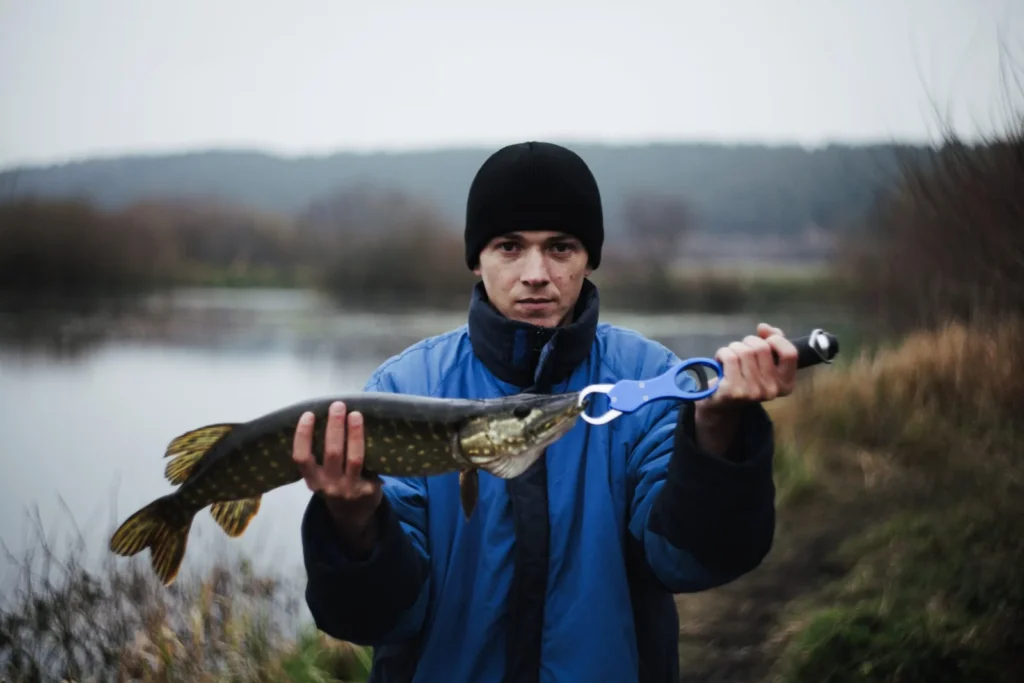Essential Breakdown of Gross Reservoir Construction and Its 2025 Fishing Impact

Tucked into the foothills northwest of Denver, Gross Reservoir is not just a scenic destination—it’s a prime spot for outdoor recreation, especially fishing. But since 2022, the Gross Reservoir construction project has been underway to raise the dam by 131 feet. This Gross Reservoir construction effort, led by Denver Water, aims to nearly triple the reservoir’s capacity to improve water security for over 1.5 million residents.
With construction projected to continue through 2027, local anglers may be wondering: how will this affect fishing?
Project Background
The Gross Reservoir construction project is part of Denver Water’s long-term strategy to prepare for increasing water demands and climate unpredictability. By raising the dam and expanding the reservoir’s storage, Gross Reservoir construction will increase the capacity from 41,811 acre-feet to nearly 119,000 acre-feet.
The expansion is considered crucial to:
- Increase drought resilience
- Balance the utility’s North-South water collection systems
- Improve storage for early snowmelt and heavy storm runoff
While the project promises long-term benefits for water infrastructure, it also means a decade-long transformation of the reservoir environment, with noticeable effects on public access, shoreline use, and the recreational fishing experience.
Fishing Impacts During Construction
Temporary Closures and Access Changes
With the Gross Reservoir construction effort in full swing, many anglers have noticed dramatic changes. Access to familiar fishing spots has been restricted or closed entirely to keep the public safe near active construction zones. These limitations are expected to remain in place throughout the duration of the Gross Reservoir construction project, which runs until 2027.
- Ice fishing has been suspended since the 2022–23 season due to safety hazards.
- The south side and dam area are closed, redirecting all recreational use to the north shore.
- Some boat launching areas are no longer accessible, and trails near the construction zone have been blocked off.
- Heavy construction equipment, traffic, and noise have altered the usual peaceful setting.
Denver Water has confirmed that these changes are temporary but necessary for safety, and recreational opportunities will gradually reopen as construction milestones are reached.
Fish Habitat and Water Quality
While it may seem like fishing is being pushed aside, Denver Water has included environmental stewardship as part of the construction plan. According to project updates:
- They are working with biologists and ecologists to maintain aquatic habitats during the expansion.
- Long-term plans involve restoring riparian zones, managing sediment, and enhancing habitat complexity for fish.
- Water quality is being monitored closely to avoid problems like sediment buildup, which can interfere with fish spawning and feeding.
These efforts are aimed at ensuring that, once the reservoir fully reopens, the fishery may be even more productive than before.
Species Spotlight: What Fish Are Affected?
Gross Reservoir is home to a variety of freshwater species. Anglers typically target:
- Lake trout
- Brown trout
- Rainbow trout
- Kokanee salmon
- Tiger muskies (stocked occasionally)
While there is no specific data yet on population decline due to the project, reduced fishing pressure may give some species a chance to rebound. However, environmental disruptions can impact spawning cycles and habitat behavior in the short term.
Want to identify the fish you might catch at Gross Reservoir? Check out our complete fish identification guide for help distinguishing trout, kokanee, and more.
Kayaking and Paddleboarding Access During Construction
While the Gross Reservoir construction project has limited certain recreational activities, kayaking and paddleboarding are still permitted — but only in designated areas. Currently, non-motorized watercraft such as kayaks, canoes, and paddleboards are allowed to launch from the North Shore.
However, access is more restricted than in previous years, so visitors should:
- Use only open launch points designated by Denver Water
- Stay clear of active construction zones near the dam or southern shoreline
- Launch early during weekends and holidays, as parking and shoreline space can fill up quickly
- Expect noise and possible water traffic from construction barges and safety boats
Despite the construction, the open areas of Gross Reservoir still offer calm water for paddling and great views of the surrounding foothills — just be sure to check Denver Water’s site before visiting for any new updates or closures.
Tips for Anglers During Construction
Looking Ahead: What Happens After 2027?
Once construction is complete and the reservoir is refilled, Denver Water expects:
- More reliable water storage to support drought and wildfire recovery
- Improved aquatic habitats from restoration measures
- Fully restored and potentially expanded access, including boat launches and new shoreline areas
If you regularly fish at Gross Reservoir or plan to in the near future, it’s important to understand how the Gross Reservoir construction is affecting recreational access. Although the changes are temporary, they’re part of a larger project aimed at improving water storage, habitat, and long-term fishing conditions. By staying informed and respecting safety zones, anglers can adapt and look forward to better fishing after the Gross Reservoir construction is complete.
To stay updated on access restrictions and construction progress, visit the official Gross Reservoir project page by Denver Water.
Source: Denver Water. Gross Reservoir Expansion Project Updates. https://www.denverwater.org/grossreservoir/news
FAQ
Can you swim in Gross Reservoir?
No, swimming is not allowed in Gross Reservoir. This restriction helps protect water quality and maintain safety near steep shorelines and cold, deep water. Recreational activities like fishing, kayaking, and paddleboarding are permitted in designated areas.
What feeds Gross Reservoir?
Gross Reservoir is primarily fed by water diverted from the western slope of the Rocky Mountains through the Moffat Tunnel system, as well as local runoff from South Boulder Creek and surrounding tributaries.
Where is Gross Reservoir?
Gross Reservoir is located in Boulder County, Colorado, about 30 minutes west of Boulder and northwest of Denver. It sits in the foothills of the Front Range and is managed by Denver Water.
What reservoir feeds Lake Mead?
Lake Mead is fed primarily by the Colorado River, with its main inflow coming from Lake Powell, which lies upstream and is regulated by the Glen Canyon Dam. Together, they are part of the Colorado River Basin water system.
What is the largest reservoir in the US?
Lake Mead is the largest reservoir in the United States by water capacity, when full. It stretches across Nevada and Arizona and is formed by the Hoover Dam. Due to ongoing drought, its current levels are far below maximum capacity.
Can Lake Mead ever recover?
Lake Mead can recover under sustained conditions of reduced water usage, strong snowpack in the Rockies, and long-term conservation efforts. However, recovery is likely to be slow and depends heavily on climate conditions and cooperative water management across states.
Will Lake Mead ever refill?
It is uncertain. While technically possible, full recovery of Lake Mead would require years of above-average inflows and major reductions in water demand. Most experts agree that while partial recovery is realistic, reaching full capacity is unlikely without major climate shifts and policy changes.


